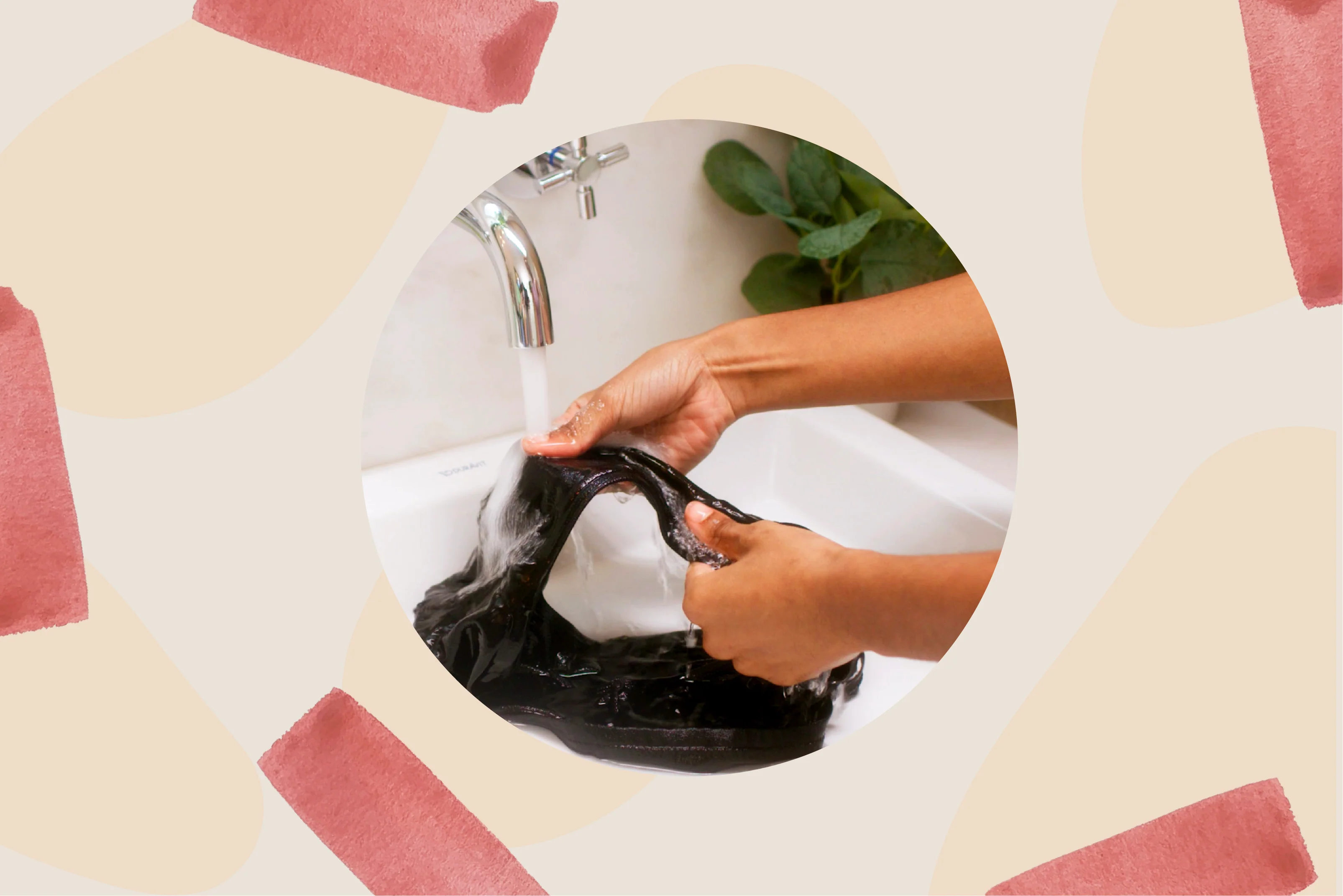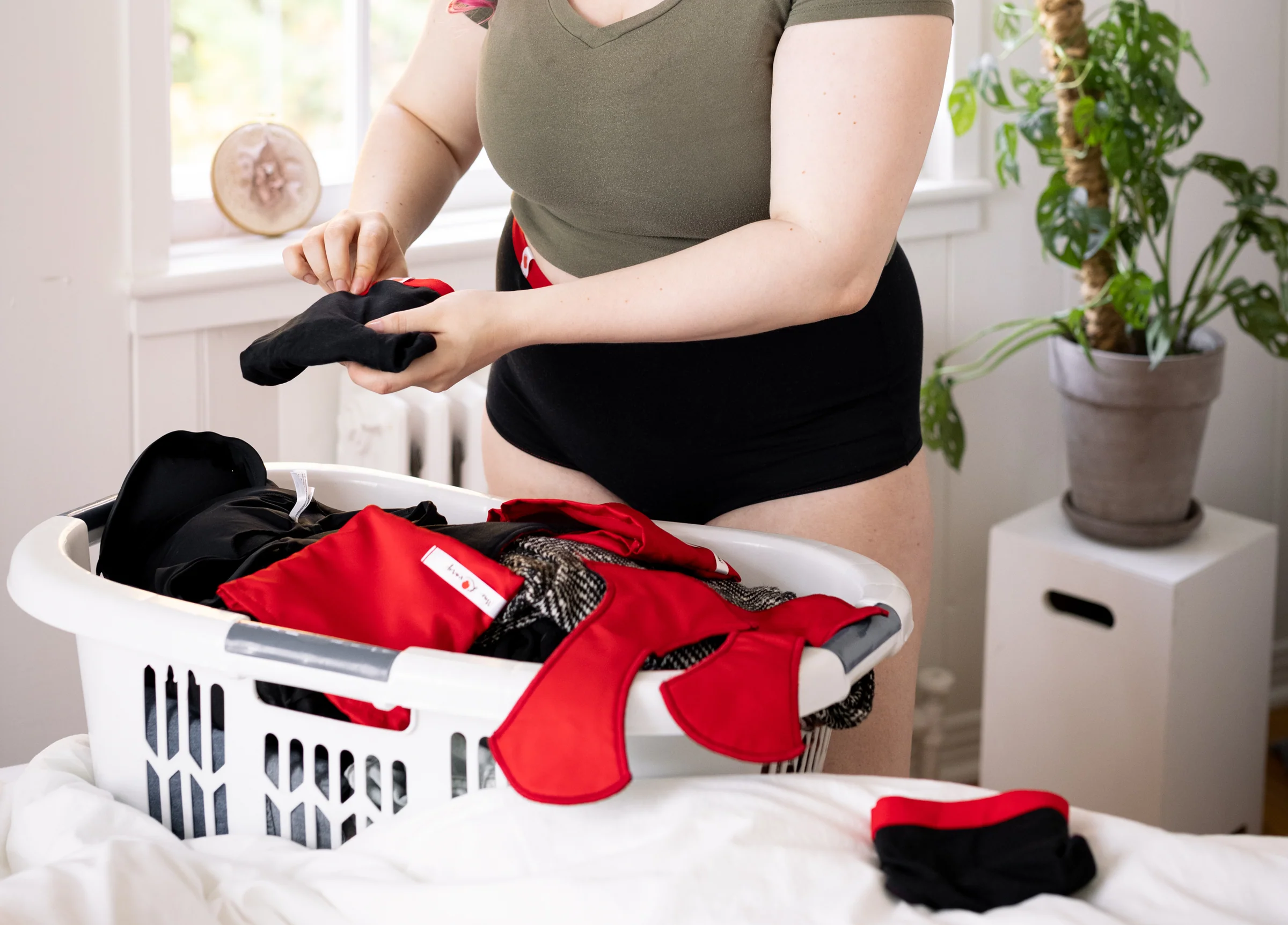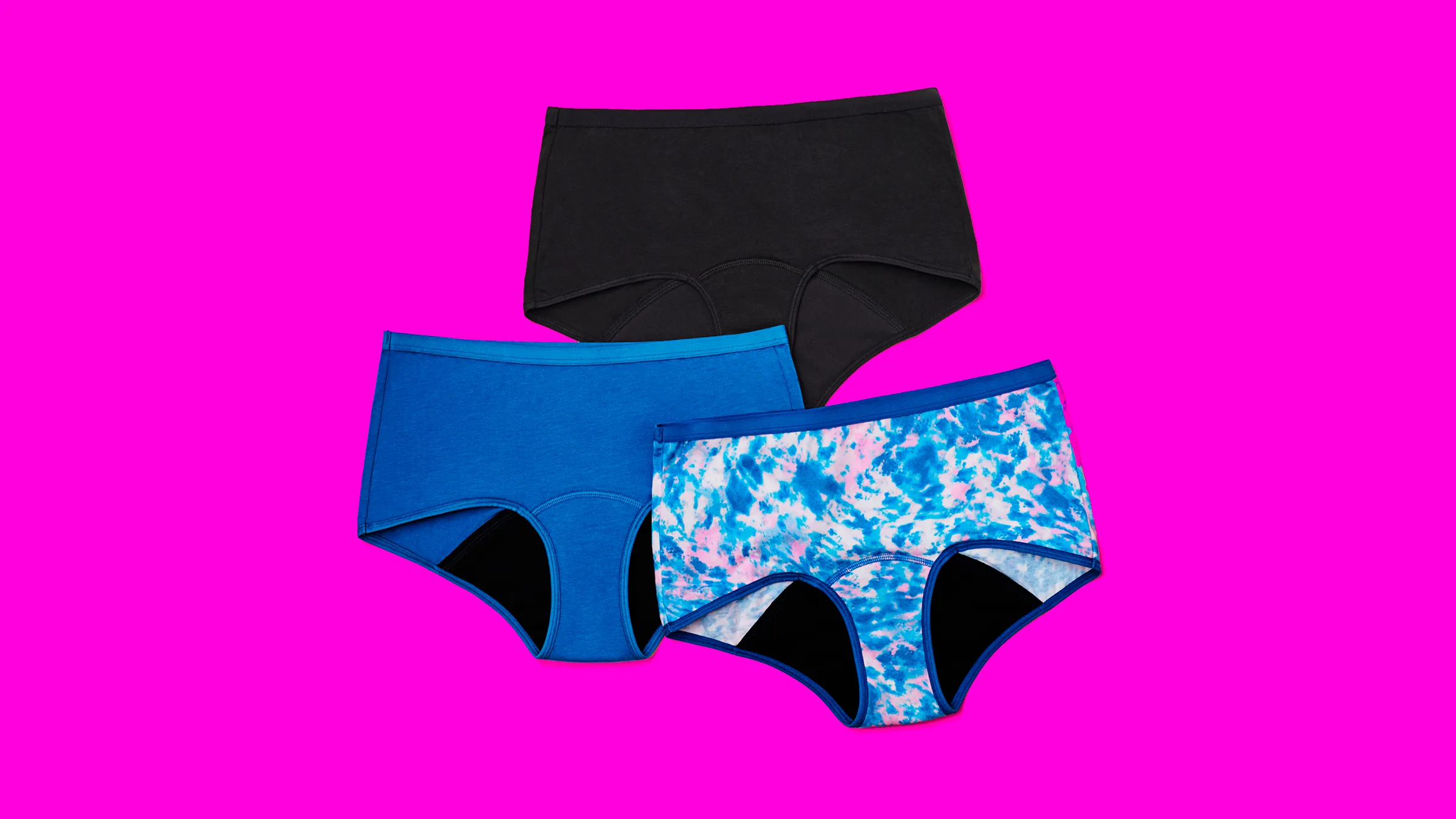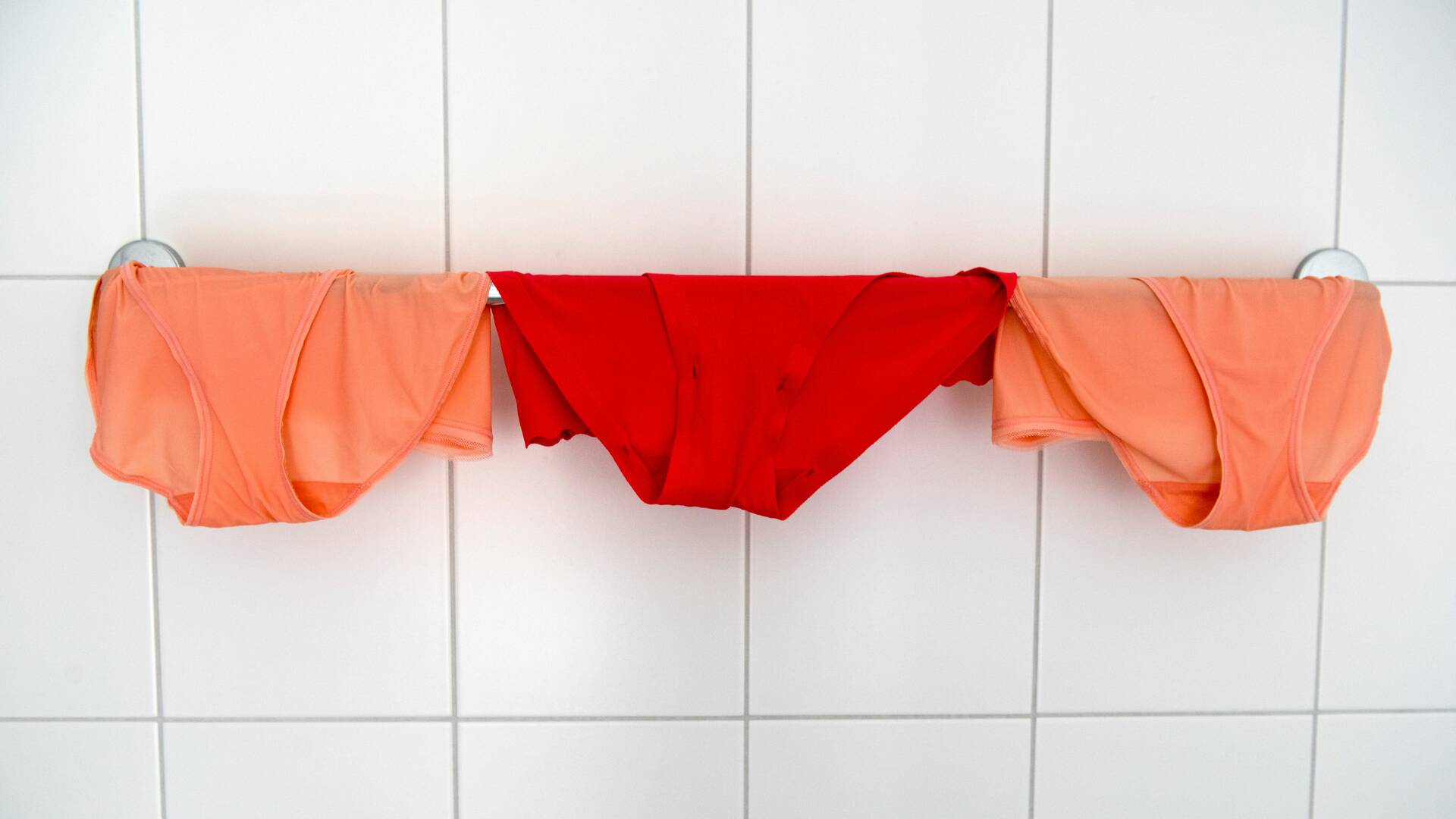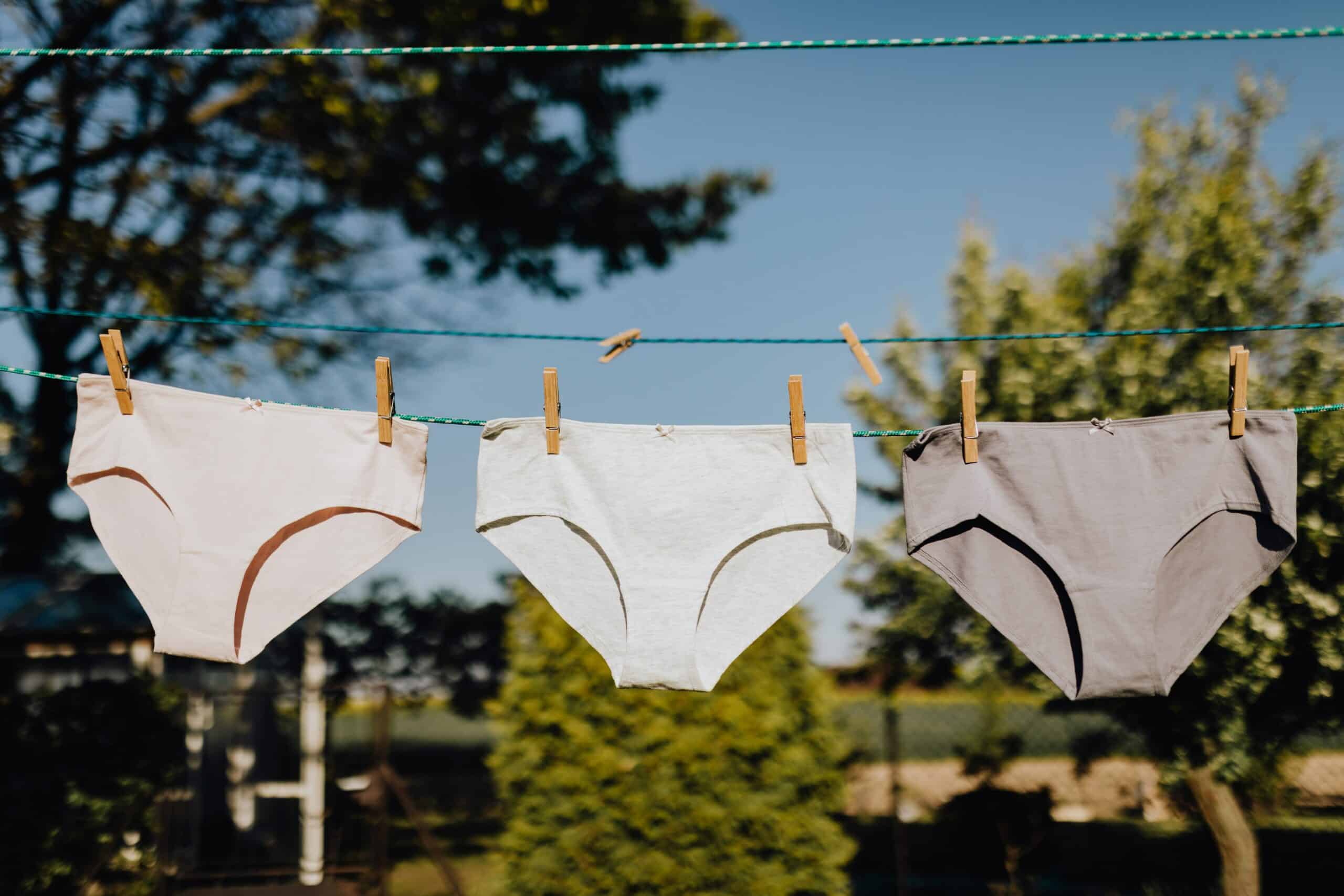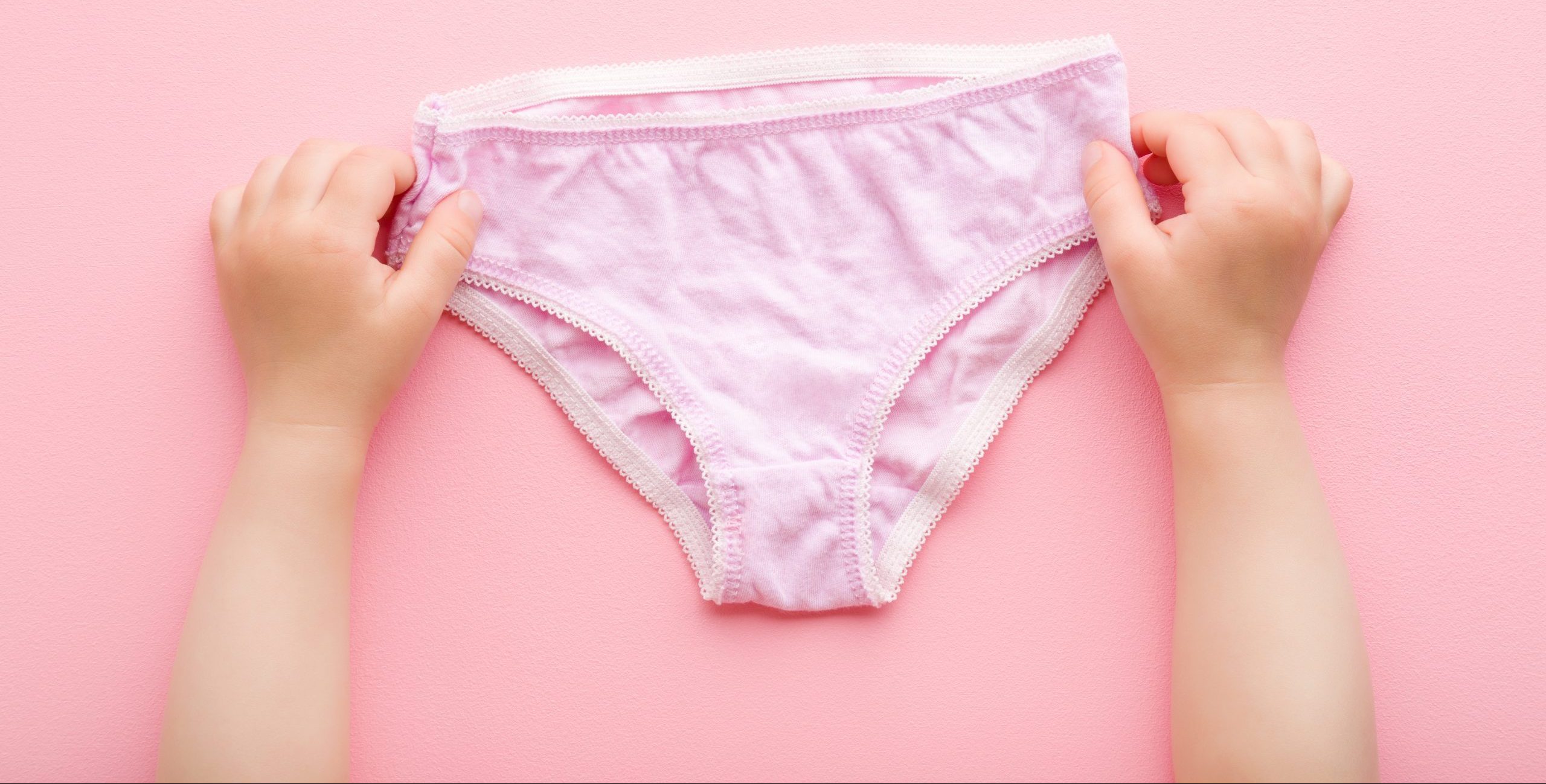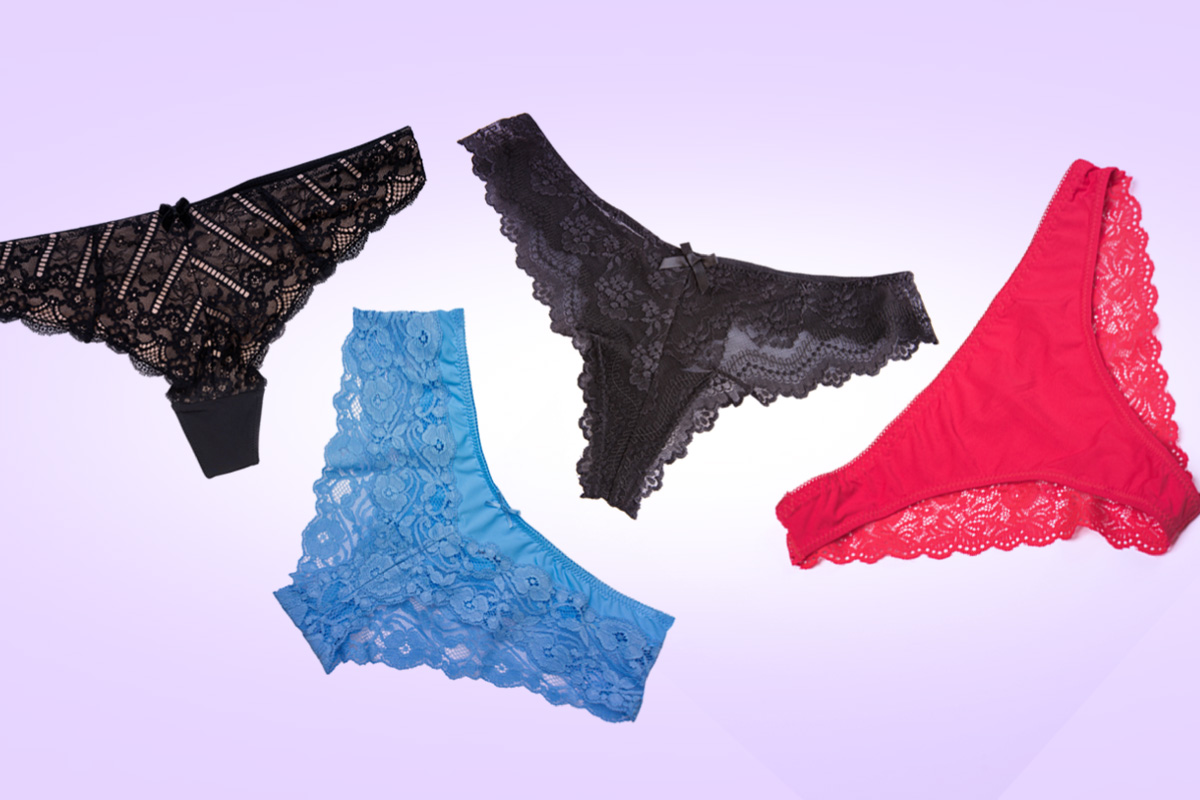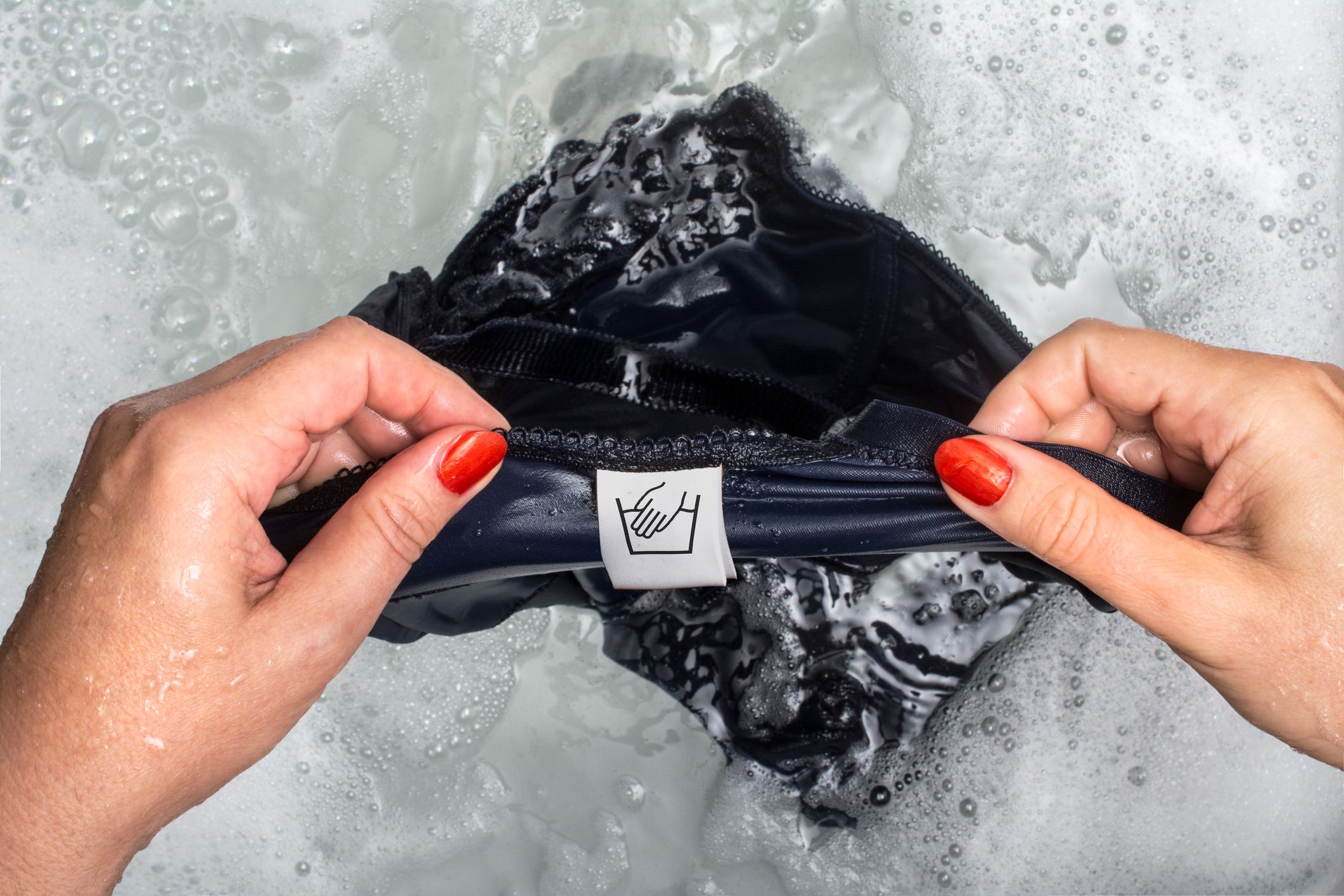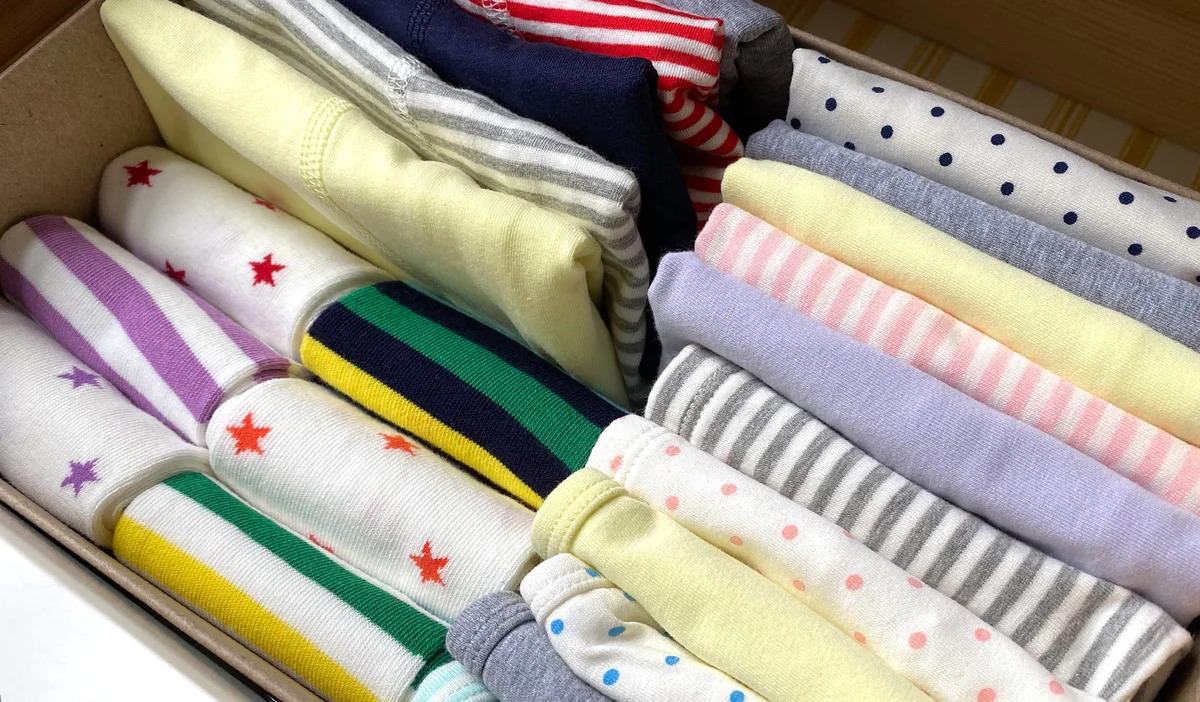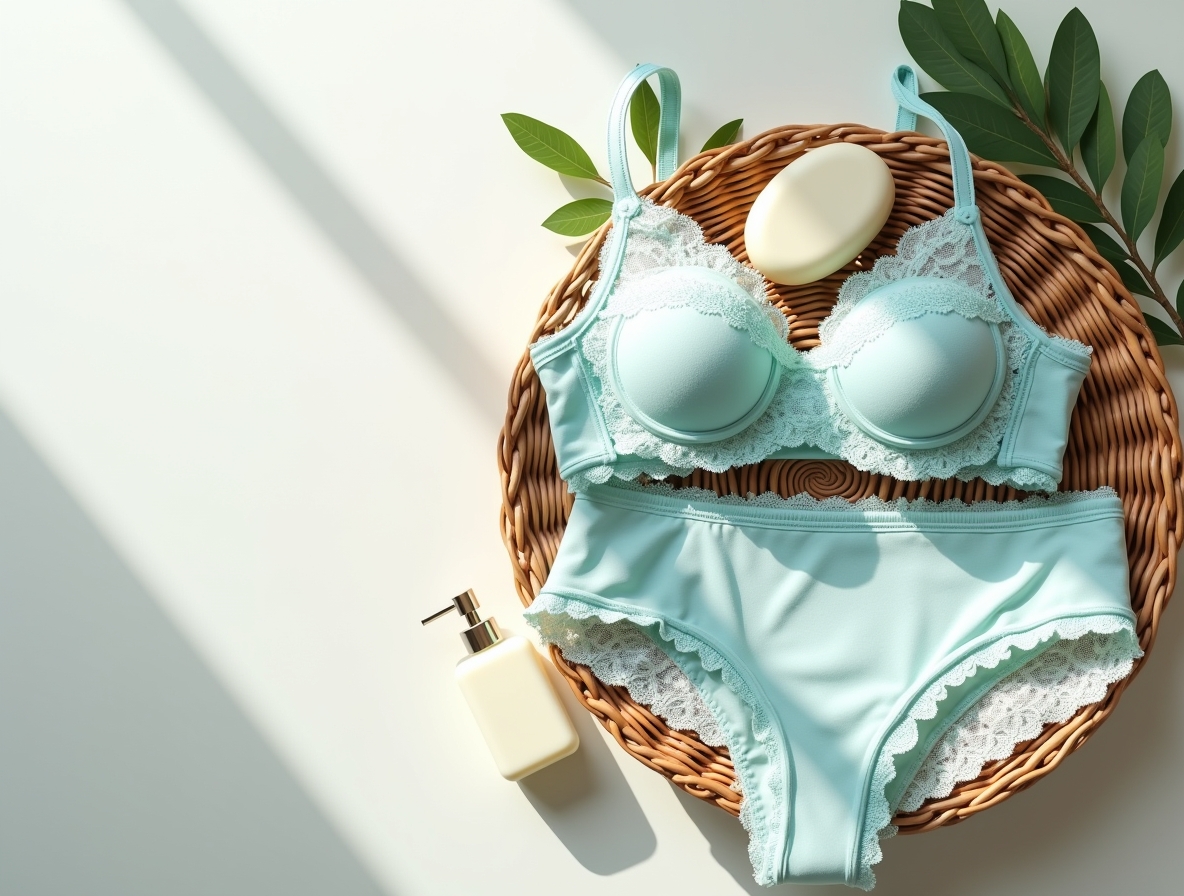Home>How-to Guides>For Women>How To Clean Panties
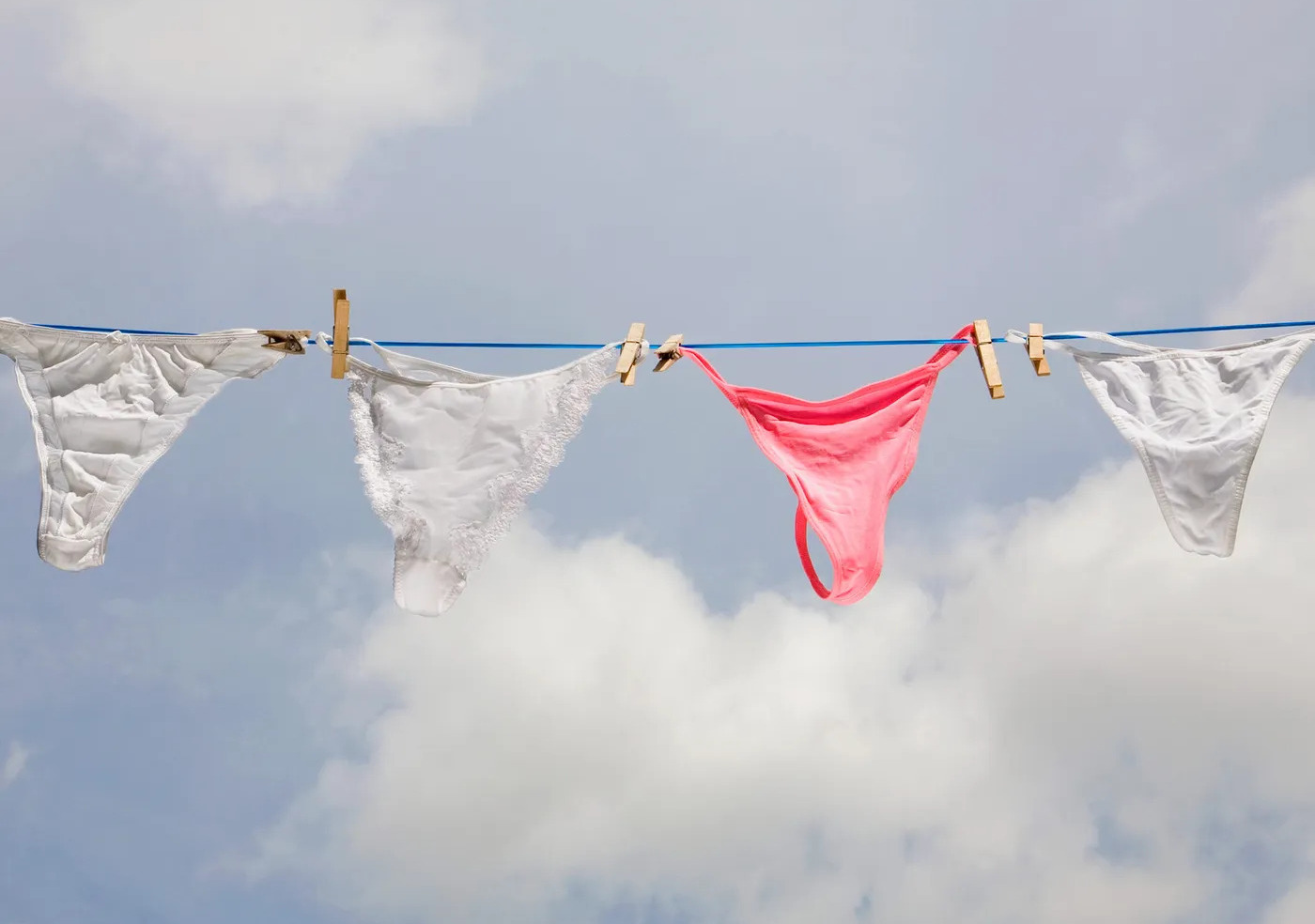

For Women
How To Clean Panties
Modified: July 30, 2023
Learn the best ways to clean panties for women and keep them fresh and hygienic. Follow our step-by-step guide to ensure proper care and maintenance.
(Many of the links in this article redirect to a specific reviewed product. Your purchase of these products through affiliate links helps to generate commission for Under-tec.com, at no extra cost. Learn more)
Table of Contents
Introduction
When it comes to taking care of our intimate garments, it’s important to give them the attention they deserve. Panties, being an essential part of every woman’s wardrobe, require proper care and maintenance to ensure their longevity and to keep them looking and feeling fresh.
Cleaning panties may seem like a mundane chore, but by following the right techniques and using the right products, you can easily keep your panties clean, hygienic, and comfortable to wear. Whether you prefer handwashing or using a washing machine, this comprehensive guide will walk you through the step-by-step process of cleaning your panties effectively.
By investing a little time and effort into maintaining your panties, you not only prolong their lifespan but also ensure optimal hygiene and comfort. Proper cleaning techniques not only remove dirt, stains, and bacteria but also help retain the elasticity and softness of the fabric.
In this article, we will explore various methods to clean your panties, taking into consideration different fabrics and stains. From sorting and pre-treating stains to choosing the right detergent and drying methods, we will cover every aspect of panty care. So, let’s dive in and learn how to keep our panties clean and fresh!
Step 1: Sorting the Panties
The first step in effectively cleaning your panties is to sort them based on their fabric type, color, and level of dirtiness. This will help prevent color bleeding, damage, and maintain the quality of the fabrics.
Start by separating your panties into different piles based on their fabric type. Some common fabric types include cotton, lace, silk, satin, and synthetic materials. Sorting them this way will ensure that each fabric type receives the appropriate cleaning method for optimal results.
Next, sort the panties based on their color. Washing white panties separately from colored ones can help prevent color transfer and maintain the brightness of the whites. Dark-colored panties can also be washed separately to avoid any potential staining. Sorting by color will help preserve the vibrancy of your panties and prevent unwanted discoloration.
Lastly, consider the level of dirtiness or staining on your panties. If you have panties with stubborn stains, set them aside for pre-treatment before washing. This will ensure that the stains are properly treated for better results in the cleaning process.
By taking the time to sort your panties before washing, you can ensure that each pair receives the appropriate care it needs. This will help maintain the color, fabric quality, and overall cleanliness of your panties.
Step 2: Pre-treating Stains
Before washing your panties, it’s crucial to pre-treat any stains to maximize the chances of removing them completely. This step is especially important for panties that have tough stains from sweat, blood, or food.
Start by identifying the type of stain on your panties. Different stains require different treatment methods. For example, protein-based stains like blood or sweat should be soaked in cold water to prevent setting the stain. On the other hand, oil-based stains may require the use of a pre-treatment stain remover or a gentle detergent.
If you’re dealing with tough stains, create a pre-treatment solution by mixing a small amount of detergent or stain remover with water. Gently rub the solution onto the stained areas using a soft cloth or your fingertips. Allow the solution to sit on the stains for a few minutes to loosen the dirt.
After pre-treating the stains, rinse the panties with cool water to remove the detergent or stain remover. Avoid using hot water as it can set the stain further. Once the stains are adequately treated and rinsed, you can move on to the next step of washing your panties.
Pre-treating stains can significantly improve the chances of successfully removing them during the washing process. By taking the time to treat stains before washing, you ensure that your panties come out clean and stain-free, ready to be worn again.
Step 3: Choosing the Right Detergent
Choosing the right detergent is crucial when it comes to cleaning your panties effectively. The wrong detergent can lead to color fading, fabric damage, and skin irritations. Here are some important factors to consider when selecting a detergent for your panties:
1. Gentle Formulation: Opt for a detergent that is specifically formulated for delicate fabrics. Look for phrases like “gentle,” “delicate,” or “lingerie care” on the packaging. These detergents are milder and will help maintain the integrity of the fabric and any elastic parts of your panties.
2. pH-Balanced: Look for a detergent that is pH-balanced or labeled as “skin-friendly.” This is especially important if you have sensitive skin. A pH-balanced detergent helps prevent skin irritations or allergic reactions, ensuring that your panties are not only clean but also comfortable to wear.
3. Free from Harsh Chemicals: Avoid detergents that contain harsh chemicals like bleach, chlorine, or optical brighteners. These chemicals can damage the fabric and cause discoloration over time. Instead, choose a detergent that is free from these additives, ensuring the longevity and vibrancy of your panties.
4. Consider the Fabric: Different fabrics require different care, so consider the fabric of your panties when choosing a detergent. For example, if you have delicate lace panties, opt for a detergent that is suitable for lace or fine fabrics. If you have cotton panties, a gentle detergent formulated for cotton will work well.
5. Fragrance Preference: Lastly, consider your fragrance preference. Some detergents have a strong scent, while others are fragrance-free. Choose a detergent that aligns with your personal preference, keeping in mind that heavily scented detergents may leave a lingering fragrance on your panties.
By selecting the right detergent, you can ensure that your panties are cleaned effectively while preserving their quality and comfort. Take the time to read the labels and consider the specific needs of your panties to make an informed decision when choosing a detergent.
Step 4: Handwashing the Panties
Handwashing your panties is a gentle and effective way to clean them, especially for delicate fabrics or panties with special care instructions. Follow these steps to handwash your panties properly:
1. Fill a Clean Basin or Sink: Start by filling a clean basin or sink with lukewarm water. Avoid using hot water, as it can shrink or damage the fabric. Add a small amount of mild detergent suitable for delicate fabrics and swish the water to create soapy suds.
2. Submerge and Gently Agitate: Submerge your panties in the soapy water and gently agitate them with your hands. Pay special attention to any stained areas and gently rub them to further lift the stains. Avoid scrubbing vigorously, as it can damage the fabric or elastic parts.
3. Soak for a Few Minutes: Allow your panties to soak in the soapy water for a few minutes. This allows the detergent to penetrate the fabric and helps loosen any remaining dirt or stains. Avoid soaking for too long, as it can cause color fading or affect the fabric’s integrity.
4. Rinse Thoroughly: After soaking, rinse your panties under cool running water until the water runs clear and there are no more soap suds. Gently squeeze out any excess water, being careful not to twist or wring the fabric, as it can damage the elasticity.
5. Press Out Excess Water: Lay your panties flat on a clean towel and press down to remove any remaining water. Avoid rubbing or wringing the fabric, as it can cause stretching or damage. If necessary, use another dry towel to further absorb excess moisture.
6. Dry Flat or Hang: Lastly, reshape your panties and lay them flat on a drying rack or clean, dry towel. Avoid hanging them on a clothesline, as it can stretch out the fabric or leave crease marks. Make sure to dry them away from direct sunlight or heat sources to prevent color fading or fabric damage.
Handwashing your panties allows for gentle care and personalized attention. It is an effective method to ensure that your delicate or special fabric panties are cleaned thoroughly while preserving their quality and longevity.
Step 5: Machine Washing the Panties
Machine washing your panties can be a convenient and time-saving option, as long as you follow the right precautions. Here’s how to safely machine wash your panties:
1. Check the Care Label: Before tossing your panties into the washing machine, always check the care label for specific instructions. The care label will provide guidance on water temperature, cycle type, and any additional precautions to take.
2. Use a Mesh Laundry Bag: To protect your panties from getting tangled or snagged, place them in a mesh laundry bag. This will help maintain their shape and prevent any damage during the washing process. Make sure to place similar fabric types or colors together in the same bag.
3. Select a Gentle Cycle: Choose a gentle or delicate cycle on your washing machine. This cycle uses slower agitation and lower spin speed, reducing the risk of damage to the fabric or elastic parts of your panties. Avoid using harsh cycles like heavy-duty or long wash cycles.
4. Use a Mild Detergent: Add a small amount of mild detergent specifically formulated for delicate fabrics to the detergent compartment of your washing machine. Avoid using excessive detergent, as it can lead to residue buildup or damage the fabric. Stick to the recommended amount on the detergent packaging.
5. Wash with Like Items: For optimal results, wash your panties with similar fabric types and colors. This helps prevent color bleeding or transfer and ensures that each item receives the appropriate level of care during the wash cycle.
6. Skip Fabric Softener: Avoid using fabric softener when washing your panties, as it can affect the absorbency of certain fabric types or leave a residue on the fabric. If you prefer a softer feel, opt for a gentle fabric conditioner specifically designed for delicate fabrics.
7. Air Dry or Low Heat: After the washing cycle is complete, avoid using high heat to dry your panties. Opt for air drying by laying them flat on a clean towel or hanging them on a drying rack. If you prefer using a dryer, select a low heat setting to prevent shrinkage or damage to the fabric.
By following these steps, you can safely machine wash your panties while ensuring they come out clean and in good condition. Remember to always check the care label and use proper precautions to maintain the quality and longevity of your panties.
Step 6: Drying the Panties
Properly drying your panties is just as important as the washing process to ensure they maintain their shape and integrity. Here are some guidelines for drying your panties:
1. Air Drying: The best and safest way to dry your panties is to air dry them. Lay them flat on a clean towel or drying rack, ensuring they are spread out evenly. This method helps maintain their shape and prevents any stretching or distortion that may occur from hanging them.
2. Avoid Direct Sunlight: Place your panties away from direct sunlight while drying. Sunlight exposure can fade colors and weaken the fabric fibers over time. Choose a well-ventilated area or use a fan to help speed up the drying process.
3. Avoid High Heat: If you prefer using a dryer, select a low heat setting. High heat can shrink or damage the elastic parts and fabric of your panties. It is best to err on the side of caution and use a delicate or low heat setting to preserve the quality of your panties.
4. Beware of Dryer Sheets: Avoid using dryer sheets or fabric softeners when drying your panties. They often contain chemicals that can leave residue on the fabric or affect the absorbency of certain fabric types. If you want to add a fresh scent, consider using scented laundry detergents instead.
5. Gentle Pressing: Once your panties are completely dry, you can opt to gently press them with a cool iron. Use a low heat setting for delicate fabrics or place a clean cloth between the iron and the panties to prevent direct contact. Avoid pressing the elastic parts to avoid any damage.
6. Proper Storage: After drying and pressing (if necessary), store your panties in a dedicated drawer or storage container to maintain their cleanliness and prevent them from getting tangled or snagged with other garments. Arrange them neatly to prevent any wrinkles or creases.
By following these drying tips, you can ensure that your panties maintain their shape, color, and overall quality. Remember to be gentle and cautious throughout the drying process to protect the delicate fabric and elastic parts of your panties.
Step 7: Ironing or Pressing the Panties
Ironing or pressing your panties can help remove any wrinkles and give them a polished look. However, it’s essential to handle this step with care to prevent any damage to the fabric or elastic components. Here’s how to safely iron or press your panties:
1. Check the Care Label: Before ironing or pressing your panties, check the care label for specific instructions. Some fabrics may not be suitable for ironing or may require low heat settings. Adhering to the care label guidelines ensures that you won’t accidentally damage the fabric.
2. Use a Low Heat Setting: Set your iron to a low heat setting. Too much heat can scorch or melt delicate fabrics or elastic parts. If your iron has a specific setting for synthetic materials, use that to prevent any mishaps.
3. Protect the Fabric: To avoid direct contact between the iron and your panties, place a thin cotton cloth or a pressing cloth over them. This provides a protective barrier, preventing any potential damage from the heat of the iron.
4. Press, Don’t Rub: Instead of vigorously rubbing the iron over your panties, gently press the iron onto the fabric. One press at a time, lift the iron and place it on the next section to avoid stretching the fabric or causing any distortions.
5. Focus on Problem Areas: Pay extra attention to areas that may have wrinkled or folded during the drying process. Smooth out any creases or folds by applying gentle pressure with the iron. Be careful around delicate lace or embroidered details, as excessive heat or pressure can damage them.
6. Skip the Elastic: Avoid ironing or pressing directly on the elastic parts of your panties, as the heat can cause them to lose their elasticity. Instead, gently press around the elastic or use a lower heat setting to maintain their stretchiness.
7. Cool Down and Store: After ironing or pressing, allow your panties to cool down completely before folding or storing them. This helps the fabric retain its smoothed-out appearance and prevents wrinkling from handling them while they’re still warm.
By following these steps, you can safely iron or press your panties to give them a neat and wrinkle-free appearance. Remember to be gentle and cautious to avoid any damage, especially when dealing with delicate fabrics or intricate details.
Step 8: Storing the Panties
Properly storing your panties is essential to maintain their cleanliness, shape, and longevity. Here are some tips for storing your panties:
1. Clean and Dry: Before storing your panties, make sure they are clean and completely dry. Moisture can lead to mildew or bacterial growth, which can damage the fabric. Ensure that they have been properly washed and dried according to the previous steps.
2. Organize by Type: Sort your panties by type, such as thongs, briefs, or boyshorts, and organize them accordingly. This makes it easier to find the pair you want without rummaging through the entire collection.
3. Avoid Overcrowding: Avoid overcrowding your panty drawer or storage container. Overstuffing can cause wrinkles, stretching, and misshaping of the panties. Maintain adequate space to ensure that each pair remains in good condition.
4. Fold or Roll: Choose a folding or rolling method based on your preference and available space. Fold each pair neatly and stack them side by side or roll them individually. This helps maintain the shape, prevents creasing, and makes them easy to access.
5. Use Dividers or Compartments: Consider using dividers or compartments within your drawer or storage container to separate different types or colors of panties. This helps keep them organized and prevents them from getting tangled or mixed up.
6. Keep Delicates Separated: If you have delicate lace or satin panties, consider storing them separately to prevent snagging or damage. Use a soft fabric pouch or wrap them individually in tissue paper to protect them from getting tangled or snagged with other fabrics.
7. Rotate and Refresh: To ensure equal wear and prevent any panty elastic from stretching out over time, rotate the pairs you wear regularly. This helps prolong the lifespan of your panties and keeps them in better condition.
8. Store in a Clean Area: Keep your panty drawer or storage container in a clean and dry area away from direct sunlight, moisture, or strong odors. This ensures that your panties remain fresh and free from any damage or odors.
By following these storage tips, you can keep your panties organized, clean, and in excellent condition. Maintaining proper storage practices will make it easier to find the pair you want while extending the lifespan of your favorite panties.
Conclusion
Taking care of your panties is not just about cleanliness; it’s about ensuring they stay comfortable, hygienic, and looking their best. By following the steps outlined in this guide, you can effectively clean and maintain your panties, prolonging their lifespan and preserving their quality. Whether you choose to handwash or machine wash your panties, pre-treat stains, or carefully select the right detergent and drying method, these actions contribute to the overall care and maintenance of your intimate garments.
Remember to sort your panties based on fabric type, color, and level of dirtiness to prevent any damage or color bleeding. Pre-treat stains using suitable methods and detergents to increase the chances of successful stain removal. When choosing a detergent, opt for gentle formulations and pH-balanced options, free from harsh chemicals that could harm the fabric or your skin.
For handwashing, agitate gently and allow for proper soaking time, ensuring thorough rinsing and careful drying to maintain the fabric’s integrity. If machine washing, use a mesh laundry bag, select a gentle cycle, and avoid high heat settings. Properly drying your panties by air drying or using low heat is crucial to prevent shrinkage or damage.
When it comes to ironing or pressing, take precautions like using low heat settings, protecting the fabric with a pressing cloth, and avoiding direct contact with elastic parts. Lastly, maintain proper storage by keeping your panties clean, organized, and protected from moisture and direct sunlight.
By following these steps and incorporating them into your regular panty care routine, you can enjoy clean, comfortable, and long-lasting panties. Remember, each pair deserves the attention and care they require to keep you feeling confident and comfortable throughout the day.
